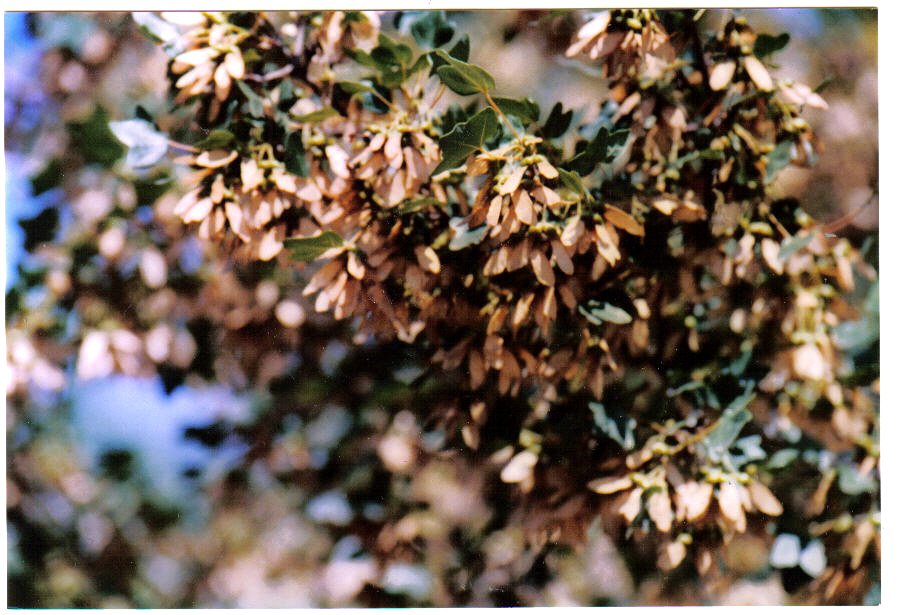Elementary School's Browse Animals - Things You Need To Know About
Elementary school's browse animalsare living animals that may be in the classroom for the day. The purpose of a browse animal is to provide children with the opportunity to learn about animals and their habitats. Children definitely need to know more about these animals.
But what is a browse animal? Let us talk about it first.
Browsing (Herbivory)
Herbivory can take the form of browsing, which is when a herbivore (or, more specifically, a folivore) consumes the leaves, soft shoots, or fruits of high-growing, typically woody plants like shrubs. Browsing is also known as folivory. The act of leafing through a book is also called folivory. Grazing, on the other hand, is typically associated with animals feeding on grass or other lower vegetations. Grazing can also refer to the practice of browsing. This is in contrast to the practice of grazing. Alternately, grazers are animals whose primary diet consists of grass, whereas browsers are animals whose primary diet consists of non-grasses, which may include herbaceous or woody dicots. Grazers are animals that consume grass as their primary food source, whereas browsers consume non-grasses as their primary food source. This distinction can be seen in action with two different types of animals: goats, which are primarily browsers, and sheep, which are primarily grazers (which are primarily grazers). Some examples are:
Goats Alpine, ibex Markhor, Wild goat, Iberian ibex, Nubian ibex, Siberian ibex, and Walia Ibex.
Browse In Plants
Browse is the term used to describe the plant material that is consumed. In nature, it is taken directly off the plant; however, owners of livestock such as goats and deer may remove twigs or branches for the purpose of feeding them to their stock. The owners of livestock in temperate regions harvest browse just before the leaves fall off their trees, then dry it and store it for use as a feed supplement throughout the winter. Forage that is lower to the ground can be created by herders by cutting branches that are out of their animals' reach during times of drought. There is a potential for irreversible depletion of the supply in the tropical regions, which are experiencing higher rates of population growth and consequently seeing more property owners turn to this tactic. When animals are kept in captivity, they are often given browse to eat in place of the natural foods they would eat in the wild. Browse for pandas might include bunches of banana leaves and bamboo shoots, as well as slender branches of pine, spruce, fir, and willow; it might also include straw and native grasses.
In the event that there is an excessive increase in the population of browsers, it is possible that they will consume all of the browse that is within their reach. The level that is reached as a result, below which there are few or no leaves, is referred to as the browse line. If overbrowsing continues for an excessively long period of time, the ability of the trees in the ecosystem to reproduce may be hampered. This is because new plants will not be able to survive long enough to develop to heights that are inaccessible to the browsers.
Websites Where Kids Can Learn About Animals
ZooBorns
Babies make kids and grownups smile. This website features the world's newest, cutest infant zoo and aquarium animals. It's fun to play conversation games like choosing the cutest or a fantasy pet. It could be used for animal research or a school assignment. My Encyclopedia of Baby Animals is a squeal-worthy guide to the most adorable animals around.
National Geographic Kids
Both sites have animal footage and resources. You can help young children with some of the tougher reading and discuss what you learn. 101 Animal Secrets and LEGO Nonfiction: Big Book of Creatures provide stunning photos of exotic animals.
ABC Splash
This website is a time-wasting rabbit hole! Not only does it include a wealth of general educational resources (such films), but also resources on animals (like this one on Remarkable Animal and Plant Life Cycles). Discover the creatures of Australia and Oceania with A True Book: Australia and Oceania.
Dinosaur Walking
Even though this BBC site is ideal for older children, young dinosaur fans will love it. Parents can help kids read fact sheets by clicking photos. More? Young readers will love the full-bleed photographs and entertaining facts in Fly Guy Presents: Dinosaurs, while older readers (grades 3 and up) will love The Science of Dinosaurs series.
Wftu
This website contains fantastic instructional materials about animals as well as information about endangered species and the WWF's essential work. Explore tabs like Species, view close-up photographs, and learn why sloths are slow. The WWF's A True Book: The Most Endangered collection includes books on gorillas, large cat species, polar bears, and more.
ARKive
ARKive is one of the best websites since 2010. Again, children will benefit from this site if their parents discuss it with them. There are many ways to peruse, but don't miss the education part. It has materials for 5 to 7 years old, including animal mask-making. Klutz animal kits let your child construct animal paper lanterns and plushies.
Kinderplanet
If some of the websites above seem too serious, check Kids Planet. They can also play animal-themed games like Who Am I, where they recognize animal sounds. Try the What If You Had Animal... series, which teaches kids intriguing information about animals while they imagine having shark teeth or porcupine quills.
Switch Zoo
It is another site where learning is disguised as fun! Children may play animal games, make new creatures, and complete jigsaw puzzles. Kids will love constructing a unique animal and envisioning its diet, habitat, and distinguishing qualities. Your child can mold fossils, make a dinosaur replica, and more with The Magic School Bus Back in Time with the Dinosaurs Science Kit.
Sharing these resources with our kids demonstrates safe online behavior and our love of learning. Extend the experience by visiting a libraryor zoo. You'll find animal-themed books for your kids on publisher websites.
People Also Ask
What Is The Difference Between Browsers And Grazers?
Different herbivores consume various plant components. Grazers are animals that consume grass and other herbaceous plants. Others, known as 'browsers,' devour various portions of woody vegetation. Others have evolved to consume plant roots, fruits, seeds, pollen, nectar, or a combination of these.
What Is A Grazer Animal?
Grazing animals, which typically consist of herbivorous mammals, are referred to as grazers. It is in contrast to browsers, which are animals that consume bushes and trees.
Are Rabbits Grazers Or Browsers?
Sheep, zebras, rabbits, cattle, horses, wildebeests, and capybara are all examples of animals that fall under the category of grazers. Grazing animals restrict plants from developing to their full potential, which prevents them from obstructing the path of sunlight, which is essential for the process of photosynthesis.
Conclusion
A pet would be considered an elementaryschool's browse animal if it is not part of the classroom curriculum or if it has been brought into the classroom by a child.


